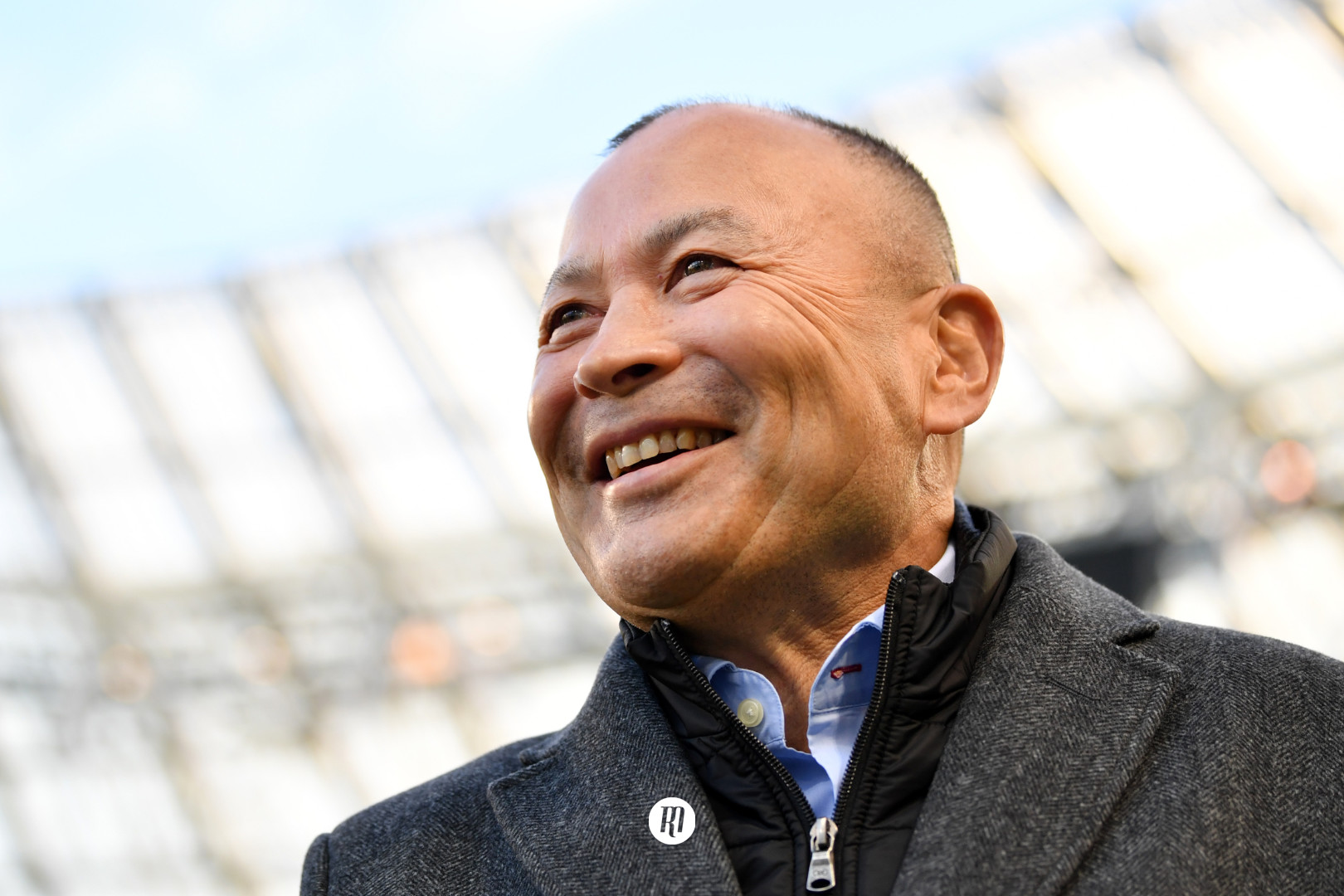World Cup Forecast: Ireland’s Deflating Hot Air Balloon
Two short months ago, there was an argument to be made that Ireland were the best team in the world, felling the All Blacks twice in two years and morphing into a seemingly unstoppable rugby machine. If Ireland were the Terminator, the rest of the Six Nations sides were Martin The Paranoid Android in comparison. But, the bubble has burst, someone’s spilt Guinness on the circuit board and the machine’s creator is fielding the occasional brick through his living room window from the Irish press. And it all began in a Dublin defeat to the Dr Jekyll of England’s Jekyll & Hyde persona.
Two short months ago, there was an argument to be made that Ireland were the best team in the world, felling the All Blacks twice in two years and morphing into a seemingly unstoppable rugby machine. If Ireland were the Terminator, the rest of the Six Nations sides were Martin The Paranoid Android in comparison. But, the bubble has burst, someone’s spilt Guinness on the circuit board and the machine’s creator is fielding the occasional brick through his living room window from the Irish press. And it all began in a Dublin defeat to the Dr Jekyll of England’s Jekyll & Hyde persona.
Ireland’s game plan was airtight and, crucially, drilled into every member of Schmidt’s squad, boasting the rare ability to slot in second and third choice players with negligible disturbance. But all such work is suffering from a potentially fatal puncture, and one that will require no small amount of patience to fix.
The thorny side of England’s Rose pricked Ireland’s fast travelling hot air balloon, and has left lasting damage. The hot air and confidence viewers have become accustomed to seeing from the mass of green jerseys faded into the blue expanses of Dublin’s skies. Hopes of a return to buoyant and clinical mood within the Irish camp by the means of a last-ditch victory over Wales last weekend fell well short of the mark, proving that it will take more than an inspirational Andy Farrell speech to serve as an inspirational quick-fix.
When successful, Ireland’s game plan relied upon the organisation and timing across all contact areas of the sport and the pinpoint accuracy of half-back pairing Connor Murray and Jonathan Sexton. Without such, they face a fork in the road when searching for a solution.
Route one would see the Irish take a leaf out of the Eddie Jones playbook and opt for an increased reliance on their power athletes. For example, starting Ian Henderson, Jack Conan and Dan Leavy (when fit) in the pack and considering an added attacking-dynamism within their backline where possible.
With the limited time available in the build-up to the World Cup in September, this could offer a quicker fix than route two. Unfortunately, it could equally serve up chaos in the ranks, produce roller-coaster-like results and risk becoming over-reliant on individual athletes; truly a leaf from the Eddie Jones book.
While route two is a smoother ride, it is not without its own risks. This second option is the conservative, yet no less challenging, venture, throwing out the classic clichés of “sticking to our processes” “taking each week as it comes” and so on and so forth. If Schmidt, Farrell, Guy Easterby and the rest of the Irish coaching staff can find the right balance of man management whilst working alongside the four Pro14 provinces, they may well be able to restore the green veil of invincibility to a sufficient degree.
The risk here is underestimating the damage to the squad’s mental standing and ignoring the call for change when it is needed most. But equally, coaches like Schmidt are paid to figure out which calls are genuine and which are merely dead ends in the complex maze of international coaching.

Filed under:
International, Ireland
Written by: Alistair Stokes
Follow: @alistokesrugby · @therugbymag




